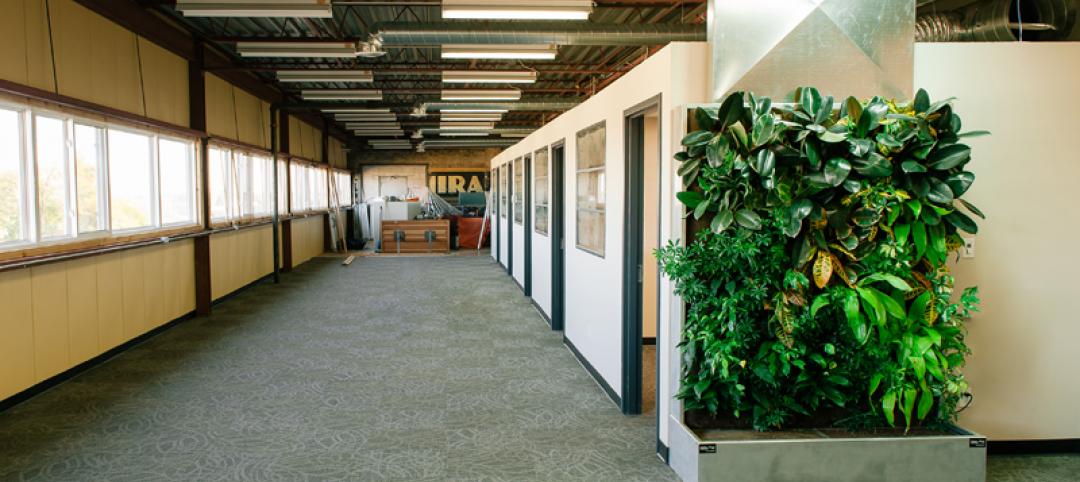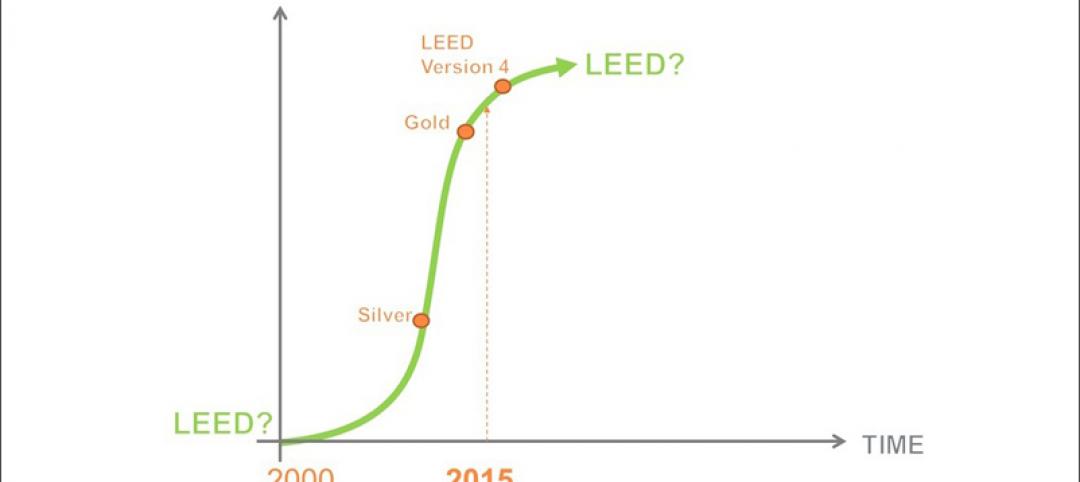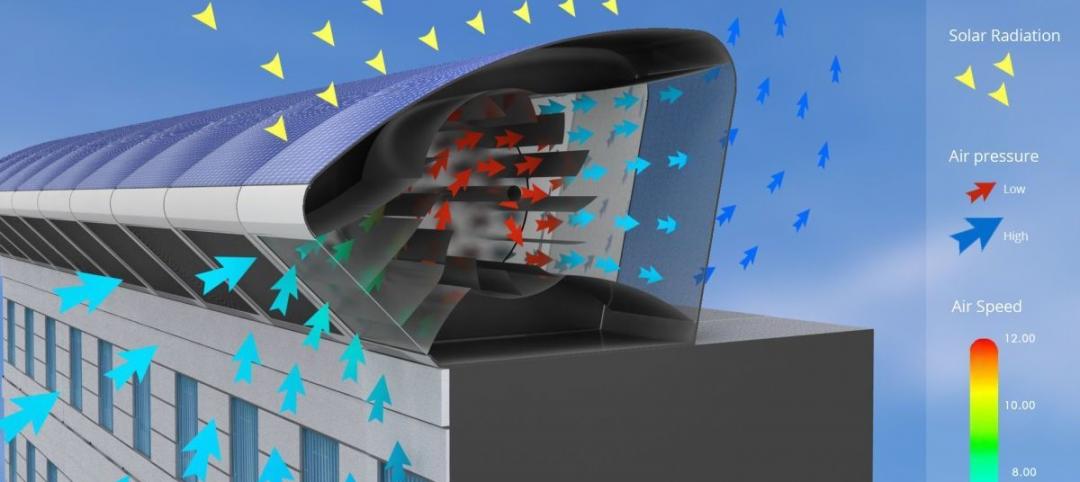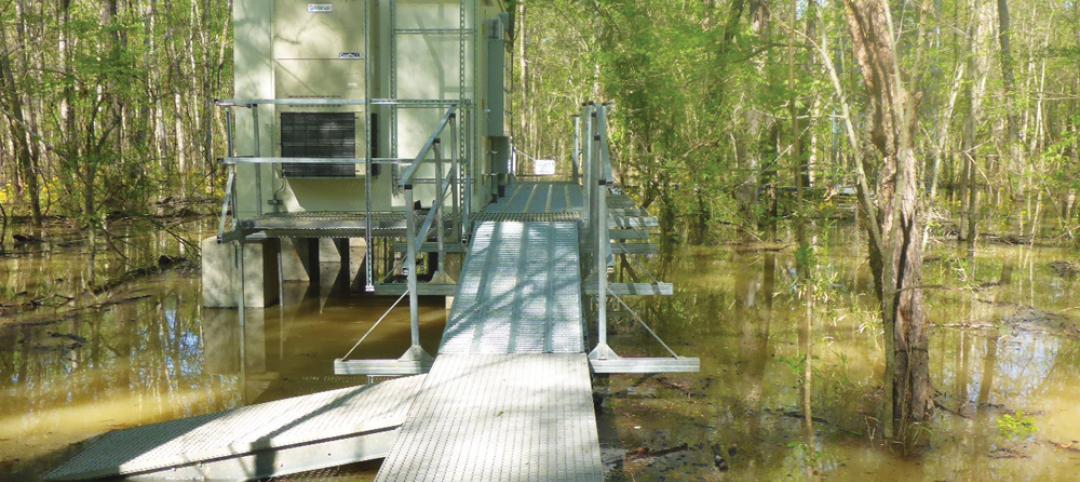Skipping Stone, Schneider Electric and Lawrence Berkeley National Laboratory announced today the formation of a committee tasked with enhancing the current Demand Response LEED Pilot Credit. The team, led by Skipping Stone and composed of Schneider Electric and the Demand Response Research Center (DRRC) at Lawrence Berkeley National Laboratory, will collaborate on enhancing the credit to enable commercial building owners and LEED green building projects to earn credits in LEED for enrolling in utility or wholesale market demand response programs.
The enhanced program will provide LEED projects with demand response definitions, participation options for buildings, and implementation and documentation requirement guidelines. The team will also develop a robust market research agenda to study participation across markets, adoption criteria, load reduction scenarios, utility service territory benchmarking and implementation technology drivers. To assist buildings in identifying existing demand response programs, Skipping Stone will provide U.S. Green Building Council (USGBC) members with a searchable national database of programs.
“Demand response is unique in comparison to other LEED credits as it requires coordination with the utility and wholesale markets,” said Brendan Owens, Vice President, LEED Technical Development, USGBC. “By bringing this team of experts from the energy and building communities together, USGBC will benefit from the combined expertise.”
“Demand response is a new path for USGBC and critical to the building communities’ involvement in the smart grid,” indicated Mark MacCracken, USGBC Chairman.
“One of our key strategic initiatives focuses on taking buildings into the energy markets through demand response initiatives,” said Jim Anderson, Vice President, USA Utility and Smart Grid Business for Schneider Electric. “Being asked to assist USGBC by providing our proven building and implementation perspective is an honor in this groundbreaking endeavor.”
The revised Demand Response LEED Pilot Credit will be published later this spring. Based on feedback from participating buildings, the market research generated in the market pilots and input from pilot sponsors, recommendations will be made for eventual integration of the Demand Response Credit into the Energy & Atmosphere Credits in the next version of the LEED rating system, LEED 2012.
To propel building community adoption of both demand response and the revised LEED credit, USGBC will be launching a series of utility service territory market pilots. Skipping Stone has been named as the market pilot manager and is currently developing stakeholder support with potential host utilities, market operators, regulators, enabling technology and services providers and other interested parties.
“This USGBC initiative is a game changer for the adoption of demand response by the commercial building sector,” said Peter Weigand, Skipping Stone Chairman and CEO. “We hope that the energy community gets behind these market pilots because this it is a great opportunity to help drive commercial sector adoption of load management programs.”
Related Stories
Green | Nov 23, 2015
Top 10 green building products for 2016
A hybrid urinal, ventless dryer, and a chair made of mushroom roots are among the new green products to make BuildingGreen's annual list.
Sponsored | Green | Nov 20, 2015
A century-old furniture factory gets a living wall biofilter for better air
During renovations, the team integrated the biofilter into the new HVAC system to provide clean air directly to the offices
Sponsored | Metals | Jul 20, 2015
Life cycle assessment, and why you should care
LCA is a way of quantifying the environmental impact generated by the manufacture and delivery of a product.
Green | May 5, 2015
Top three 2030 Challenge trends
The growth of IPD is among the key takeaways from the USGBC Region 7 Conference.
Green | Feb 23, 2015
State of the green union, and the next big shift in sustainability
The history of the green movement offers cues that we are on the precipice of another significant shift in the green union.
Multifamily Housing | Feb 18, 2015
Make It Right unveils six designs for affordable housing complex
BNIM is among the six firms involved in the project.
Energy Efficiency | Jan 28, 2015
An urban wind and solar energy system that may actually work
The system was designed to take advantage of a building's air flow and generate energy even if its in the middle of a city.
| Dec 29, 2014
Leo A Daly's minimally invasive approach to remote field site design [BD+C's 2014 Great Solutions Report]
For the past six years, Leo A Daly has been designing sites for remote field stations with near-zero ecological disturbance. The firm's environmentally delicate work was named a 2014 Great Solution by the editors of Building Design+Construction.
| Dec 23, 2014
5 tech trends transforming BIM/VDC
From energy modeling on the fly to prefabrication of building systems, these advancements are potential game changers for AEC firms that are serious about building information modeling.
| Dec 19, 2014
Zaha Hadid unveils dune-shaped HQ for Emirati environmental management company
Zaha Hadid Architects released designs for the new headquarters of Emirati environmental management company Bee’ah, revealing a structure that references the shape and motion of a sand dune.















